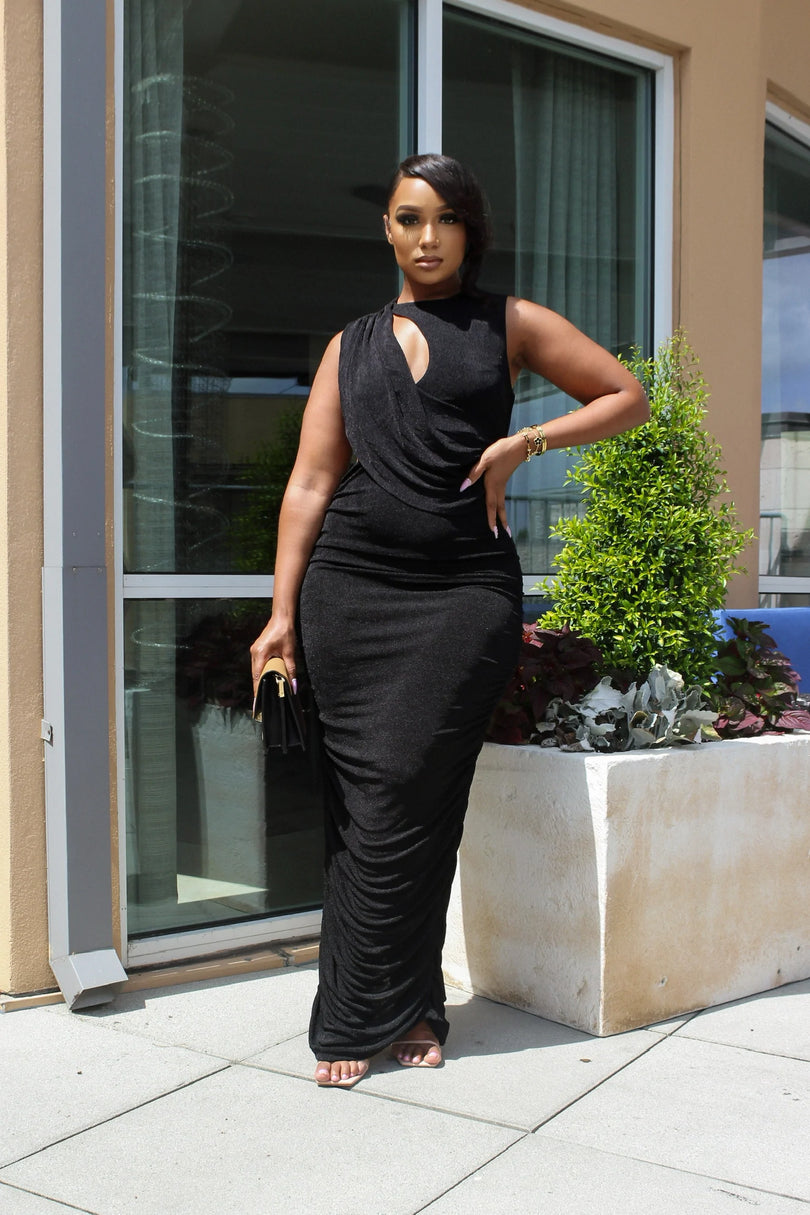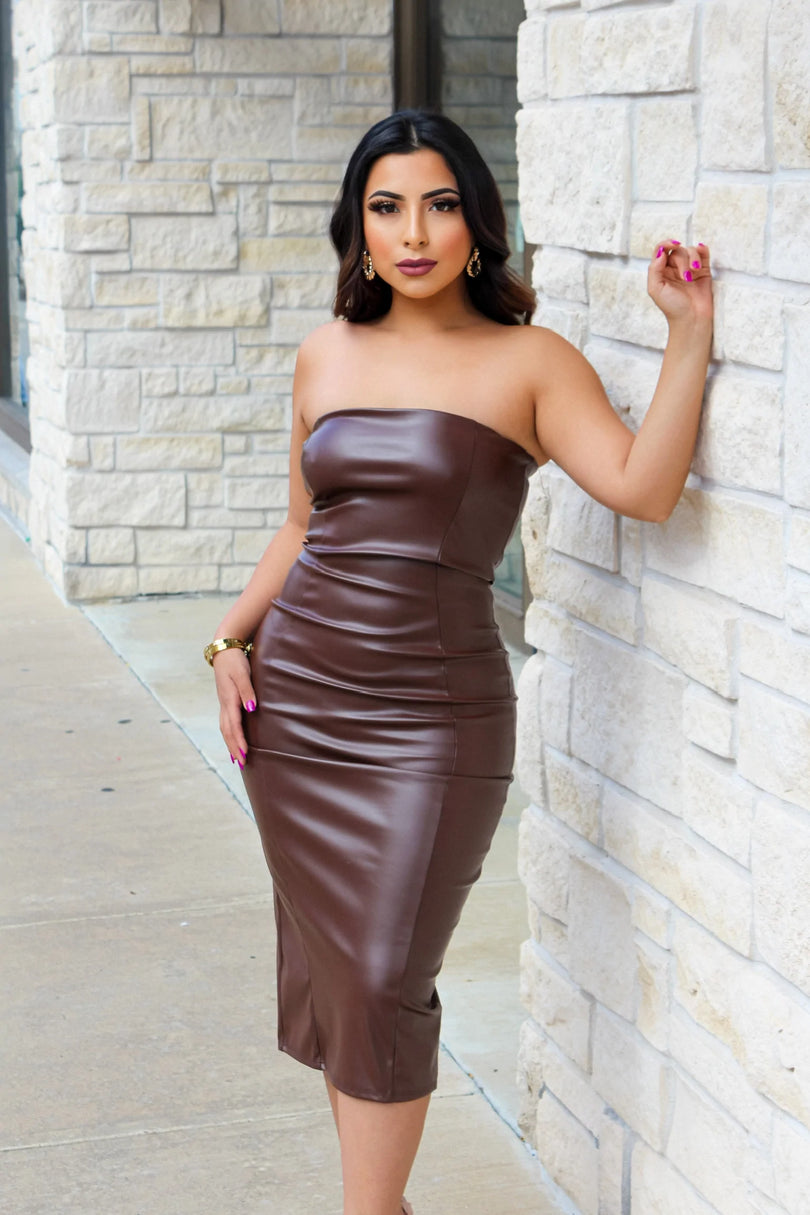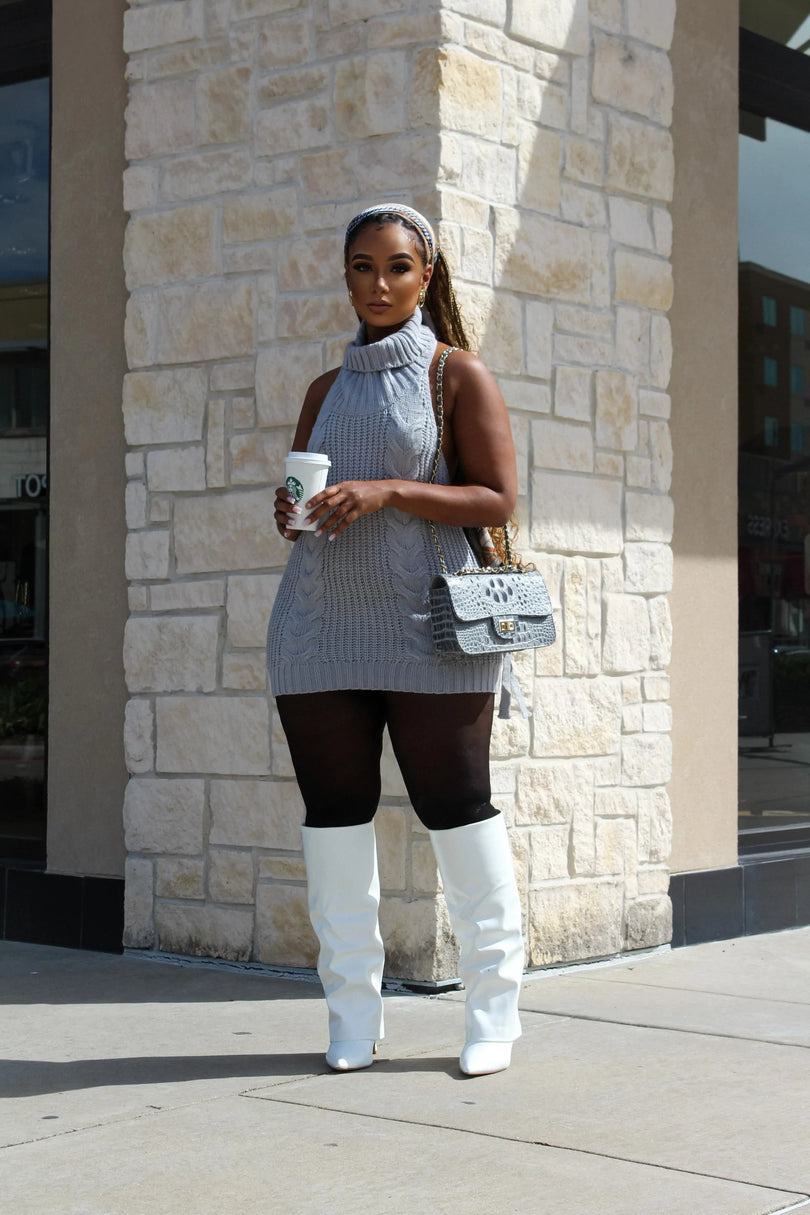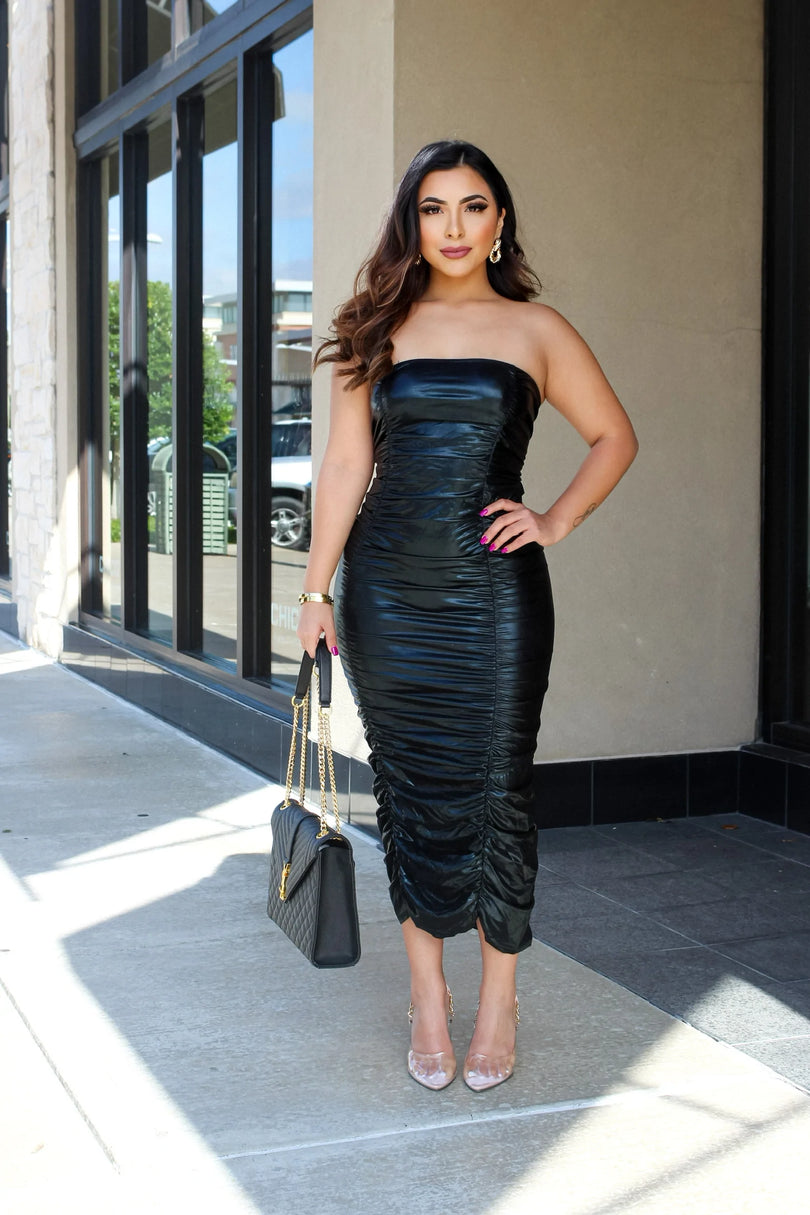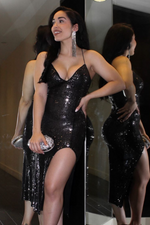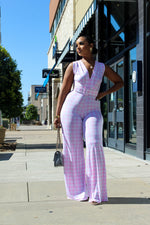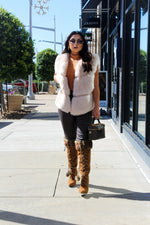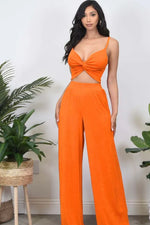Fashion has always been a potent medium for self-expression, with some trends standing the test of time and emerging as iconic symbols of refinement and class. In this article, we travel through the history of fashion to examine the allure and enduring allure of classic and timeless clothing. We explore the history, development, and influence of these fashions to learn the secrets to their enduring appeal.

The Evolution of Classic Fashion
The definition of classic fashion has changed over time, from the elegant silhouettes of the Victorian era to the glitzy allure of the golden age of Hollywood. Every fashion era has left its mark and brought something special to the category of timeless style. Just a few examples of historical fashion turning points include the 1920s flapper dresses' elegant simplicity, the 1940s' structured suits, and the 1950s' feminine grace of Dior's New Look. We can better appreciate the timeless appeal of classic fashion by learning about its historical origins.
The 1920s: The Rise of Flapper Dresses
The 1920s were a time of liberation and change in fashion. The way that women dressed changed along with how women's roles in society changed. With its short hem, drop waist, and loose fit, the enduring flapper dress rose to become the emblem of the time period. In addition to being adorned with fringe or beading, the dresses were frequently made of silk or chiffon. The flapper gown is still a timeless design that is in demand today.

The 1930s: Elegant Hollywood Glamour
Hollywood's sophisticated glitz of the 1930s was typified by leading ladies like Marlene Dietrich and Ginger Rogers. With their figure-hugging silhouettes and voluminous draping, bias-cut dresses and gowns were fashionable. Additionally popular during this time period were cap sleeves, sweetheart necklines, and halter necklines. The design was straightforward but elegant, and it is still regarded as a classic.

The 1940s: The Utility Look
Fashion became more functional during the 1940s because of the ongoing war. Women's clothing is more functional, with shorter hemlines to conserve fabric and less elaborate embellishments. The shirtwaist dress, a straightforward outfit with a fitted bodice and full skirt, was the most recognizable fashion of the era. The shirtwaist dress is still a timeless, adaptable look that works for both formal and casual occasions.

The 1950s: The Golden Age of Fashion
With enduring trends like the cardigan, full skirt, and pencil skirt, the 1950s were the heyday of fashion. During this time, Dior debuted its "New Look," which featured full skirts and trim waistlines. Form-fitting silhouettes and timeless patterns like polka dots and gingham were heavily emphasized in the feminine and affluent fashion. Today's vintage-inspired clothing lines frequently feature the 1950s fashion as a theme.

The 1960s: The Swinging Sixties
Fashion in the 1960s was a reflection of this period of change and rebellion. The two most recognizable fashion trends of the decade were mods and hippies, with mods favoring short hemlines, bold prints, and geometric shapes and hippies emphasizing free-flowing, bohemian attire. The miniskirt, which is still a timeless fashion essential today, was the decade's most recognizable fashion item.

The 1970s: Disco Inferno
Fashion in the 1970s was influenced by the disco era. Bold patterns, vivid colors, and flowing fabrics like polyester and silk helped to define the decade. Bell-bottoms and platform shoes were also popular during this time. The iconic jumpsuit, a fashionable and practical option for disco dancing, was also developed in the 1970s. The 1970s aesthetic is still in vogue today, with the bohemian aesthetic standing out as particularly classic.

The 1980s: Power Dressing
Women's fashion during this time period reflected their newly discovered roles in the workplace, and the 1980s were the decade of power dressing. Women's suits with padded shoulders and tapered pants started to gain popularity. The era was distinguished by its use of vibrant colors, striking prints, and a focus on power dressing. Although the 1980s fashion may not be as well-liked today, it is still a classic era that helped to establish women's fashion in the workplace.

The 1990s: Grunge and Minimalism
Grunge and minimalism dominated the 1990s, with combat boots, ripped denim, and oversize clothing serving as the decade's defining fashion trends. Grunge fashion was characterized by layers and subdued colors, and it was all about disobedience and breaking the rules. With monochromatic clothing and sleek lines, the minimalism fashion was all about simplicity. Today, the 1990s look is still a well-liked retro aesthetic.

Key Elements of Classic and Timeless Fashion
The fundamental components that characterize classic fashion are what give it its enduring appeal. Classic fashion is exemplified by items like the little black dress, tailored suits, crisp white shirts, and pencil skirts, to name a few. These classic wardrobe essentials have endured fashion trends and fads to remain in style. Classic clothing is built to last through the use of premium materials, flawless craftsmanship, and meticulous attention to detail. Every classic piece embodies the art of understated elegance and simplicity, making it a purchase that will endure for years to come.

The Enduring Appeal of Classic Fashion
Classic and timeless fashions still fascinate and inspire despite the ever-evolving fashion scene. Their adaptability and versatility are what have kept their versatility of classic pieces allows for seamless transitions from casual to formal settings. al occasions. They provide people with a blank slate for personal style expression, letting them add accessories and style them however they want. Due to the fact that classic clothing is made to last and can be worn season after season, it also encourages sustainability and mindful consumption. This lessens the need for unnecessary consumption.
Conclusion:
We consider the enduring appeal of classic fashion as we come to the end of our tour through fashion history. It is a testament to the value of understatement, class, and sturdiness in a field that is frequently influenced by fads. People can express their unique sense of style with grace and sophistication thanks to classic and timeless fashion, which provides a sense of continuity and stability. By adopting classic clothing, we honor the rich tradition and craftsmanship of the past and leave a lasting legacy for coming generations. Let us celebrate the allure and enduring allure of classic fashion and set out on our own personal style journey while being inspired by its timelessly sound guidelines. Explore JenniBelle boutique blogs for more exciting news related to the fashion.

